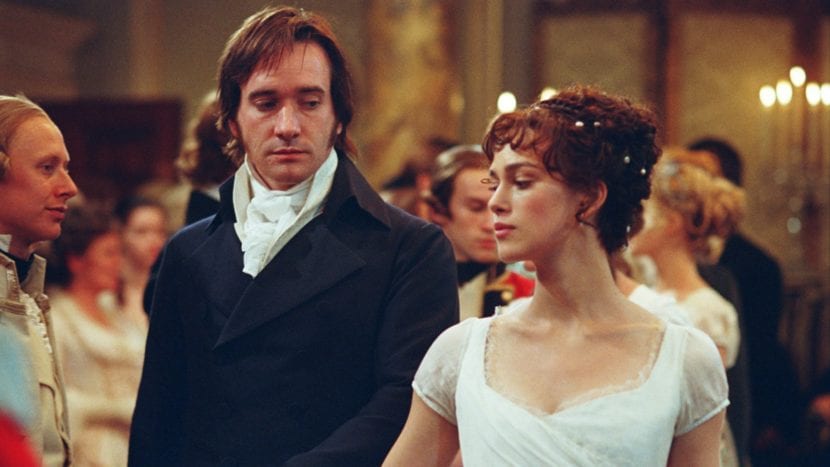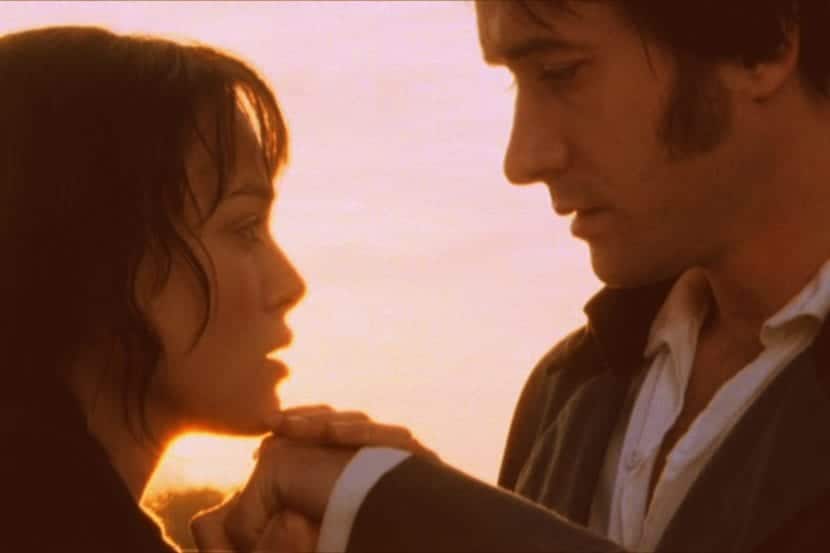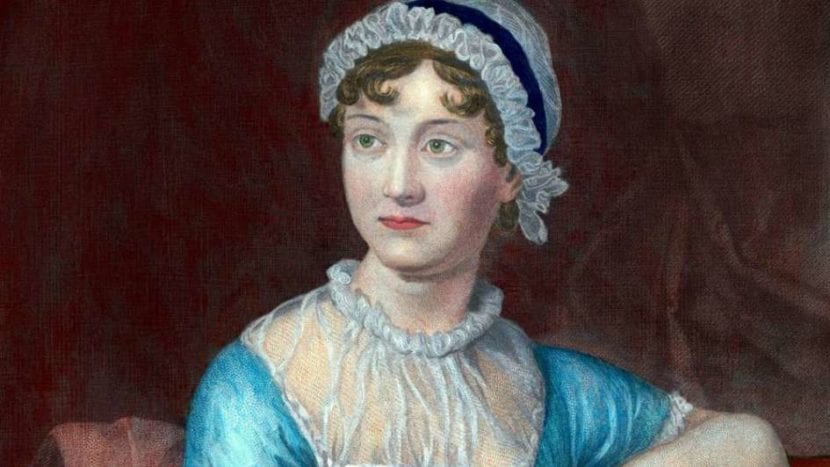
At the beginning of the XNUMXth century, writing about liberated women and approaching their love problems in a comical way was not the most usual thing. In fact, machismo continued to be present in all areas of society, including the world of literature. Considered one of the first feminist novels in history, Pride and Prejudice by Jane Austen It is one of those classics that deserves to be read at least once in your life.
Synopsis of Pride and Prejudice

Set in the English countryside, not far from London, Pride and Prejudice chronicles the life of the Bennet family and their five daughters marriageable, all of them between 15 and 23 years old: Jane, the oldest, Elizabeth, Mary, Catherine and Lydia. Five young people for whom their mother, Mrs. Bennet, longs for the best suitor as a way out of a situation conditioned by a family estate that will be inherited by her daughters' cousin, William Collins, after the death of Mr. Bennet.
Of all the sisters, Elizabeth is the one that acquires greater prominence being an independent young woman, also courted by Charles Bingsley, a wealthy bachelor whom she meets at a party where Elizabeth also meet Mr. Fitzwilliam Darcy, a millionaire who refuses to ask Elizabeth to dance because he does not consider her too beautiful. A detail that the protagonist receives with a certain pride, a feeling that will accompany her during a story in which her various encounters with Mr. Darcy arouse in both of them a considerable attraction, interrupted precisely by the pride and prejudice aroused between them.
A love story also marked by the destiny of the different Bennet sisters and their need to marry a man who can provide them with a better future, one that always seems more promising when a man with money is willing to start a project.
Pride and Prejudice characters

Main characters
- Elizabeth bennet: the Pride and Prejudice protagonist she is the second of five sisters. A twenty-year-old girl who shows from the first moment a series of charms that are detached from the prototype of the demure and obedient woman of the time: she is creative and witty, independent, and has a great sense of humor. Always guided by a superficial opinion applied to each person and suitor she meets, Elizabeth's world changes completely when she meets Mr. Darcy.
- Fitzwilliam Darcy: The male protagonist of the novel begins as Elizabeth's second love interest, being the character on whom the latent "pride and prejudice" are poured throughout the work. Intelligent and wealthy, but also somewhat shy - a quality hidden under a certain arrogance - Mr. Darcy considers Elizabeth socially inferior and not as attractive as other of his sisters. However, as the play progresses, Mr. Darcy understands that a large part of the people around him approach him out of mere interest, Elizabeth being the only one who sees him with different eyes.
Secondary characters
- Mr. Bennet: the patriarch of the family owns an estate linked to another descendant of the family, Mr. Collins. Nice and cultured, he feels especially attached to his two older daughters, Jane and Elizabeth.
- Mrs. Bennet: her husband's counterpoint is a gossipy and clueless woman whose efforts are limited to finding the best suitor for her daughters.
- Jane bennetThe eldest of the Bennet sisters is shy and naive, being the main suitor of Charles Bingley, initially interested in his sister Elizabeth.
- Mary bennet: Serious and cynical, she is the least attractive of the sisters, which gives her the character of a bitter girl.
- Catherine BennettCalled "Kitty" by her sisters, she is vain and materialistic, like her younger sister, whose influence is a problem for her.
- Lydia bennet: the youngest of the sisters is Catherine's faithful companion and a stubborn and impulsive young woman, as well as flirtatious. She ends up eloping with Mr. Wickham, causing a scandal that is resolved when Wickham agrees to marry her in exchange for a paid wedding.
- Charles bingleys: Mr. Darcy's best friend is the complete opposite of this. Kind and millionaire, he feels comfortable with everyone, with Jane Bennet being the woman he falls for.
Pride and prejudice: A milestone in the history of literature

In 1813, the year of the publication of Pride and Prejudice, the relationship between men and women continued to be based on a social pattern in which the man was in charge and the woman was forced to find in him the way out to a life full of new surprises, well-being and security.
A situation that I was fully aware of a 20-year-old named Jane Austen, which her sister shared a room and wrote in notebooks her impressions of a reality to which she too seemed destined. After the writing of a first work called First Impressions, Austen's father tried to present it to a publisher, being rejected until was offered to the publisher who previously published another Austen work, Sense and Sensibility.
Finally, Pride and Prejudice was published on January 28, 1813 becoming a success of the time but, especially, a timeless work.
The agile pace of the play, the social satire poured by Austen or, especially, the break in the storyline of every romantic story marred by drama and the foreseeable factor are some of the reasons why the work has endured, also becoming a feminism icon.
Because although current literature is full of great heroines and intentions around equality, in 1813 the reality was different, Elizabeth Bennet being the woman who would arrive to show that women could think. That they could reconsider whether this man was the appropriate husband or not, or simply accept that their life did not depend exclusively on the protection of a male member to be happy.
Did you read Pride and prejudice Jane Austen ever?